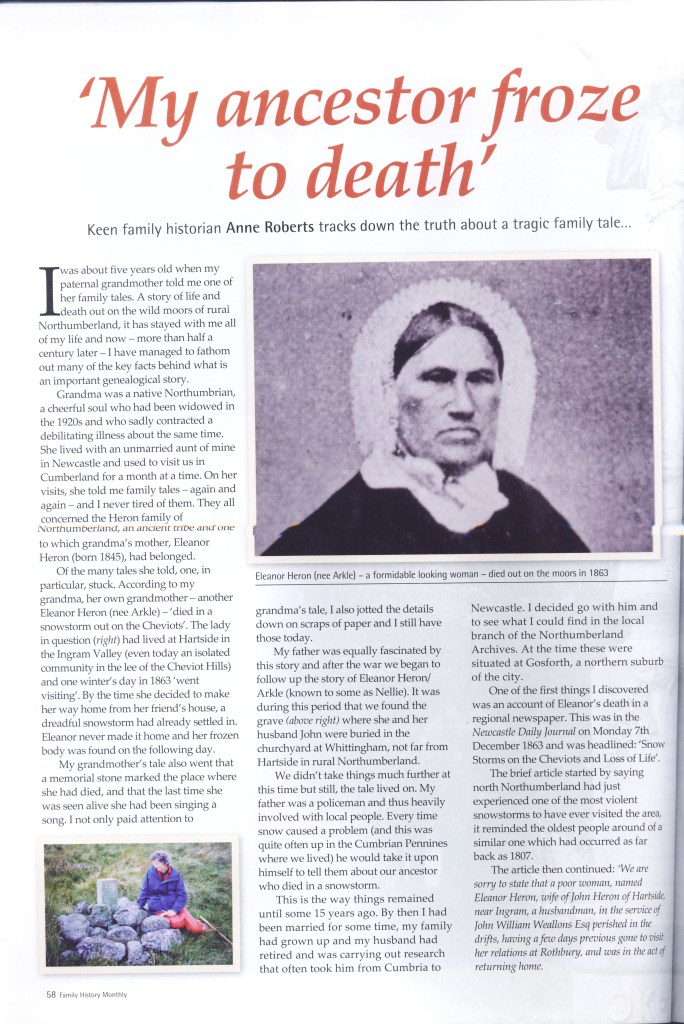Topic: Me, Myself and I
I was christened Nancy Vada Johnston – Nancy for my mother’s sister Nancy Elizabeth d’Archy (always known as Betty) and Vada for my mother Lillian Vada d’Archy (always known as Vada).
Where did Auntie Bet as we all called her, get her names? Elizabeth for one of her own aunts, also a Great Aunt, but Nancy??
Where did my mother get her names? Lillian from her mother Edith Lillian Hunt (always known as Lily) and Vada from her mother’s great friend, the concert pianist Vada Jefferies.
It was not until I became fascinated by genealogy that I finally tracked down the Nancy – my great great grandmother Nancy Welding (also known as Ann) who was born in Upton-St-Leonard, Gloucestershire in 1789 and married Thomas Hunt. He signed his name with a cross; she wrote hers. Family legend had it that she was a governess or lady’s maid. Did my grandmother Lily Hunt actually know her mother’s name? Probably.…
So that dealt with one mystery – my name.
Where do my love of country life and horses come from?? I always said I ‘wanted to marry a farmer”. (But ended up marrying an engineer and living on a boat…). From my mother’s father’s family who were all “on the land” – early Australian pioneers who hit hard times during the 1890s depressions and were forced to give up their stock and huge land leases and go droving. Grandfather d’Archy was a successful station manager but never owned his own property, and never adapted to city life .. so my mother and aunt rarely saw him.
Enthusiasm for Sailing? My father and grandfather Johnston were experienced small-boat sailors. Great Uncle George Johnston was an ocean-going merchant seaman officer who drowned aged 29 after switching to a coastal steamer which ran aground .. (His mother was heavily pregnant when they arrived in Australia from Scotland in 1855).
Love of adventure: all the above.
Journalism? Granddad was a front page reporter for the Sydney Morning Herald; and a egular weekly contributor to the Sydney Mail .. he published two books.
Scientist? – Great Aunt Fanny Hunt was the first woman Science graduate from Sydney University in the late 1880s. I wore her academical hood at my own graduation.
Artist? Nooooo – I like design but did not inherit Granddad’s ability.
And finally I have one characteristic which I definitely did not inherit from anyone – I’m totally deaf – the result of meningitis when I was six years old.










